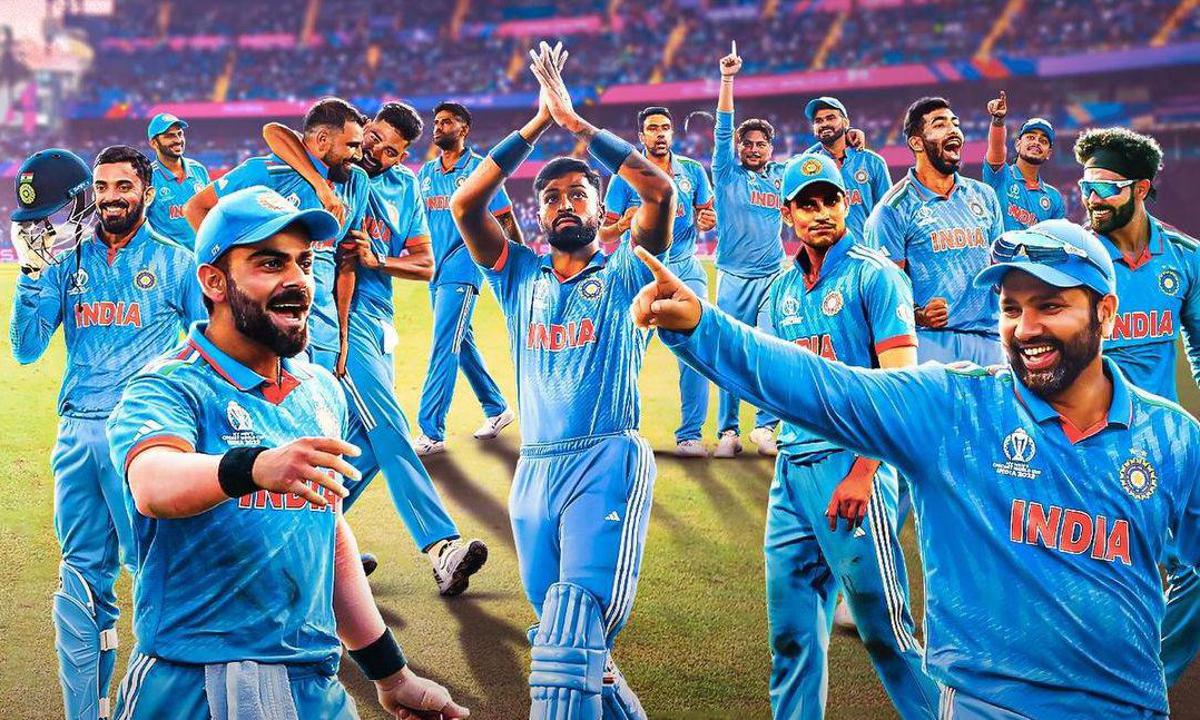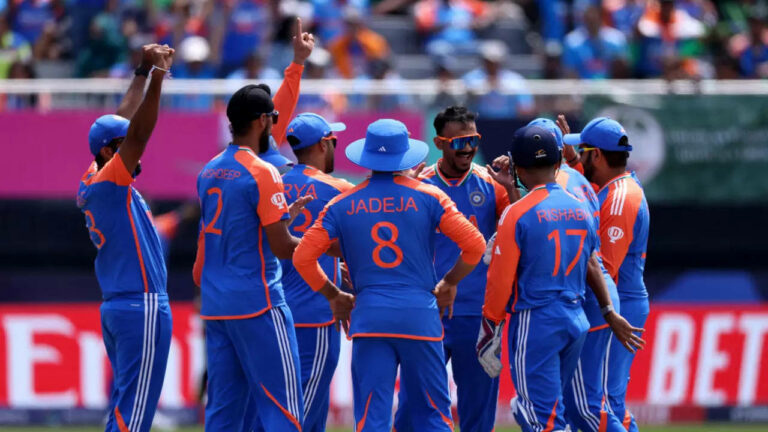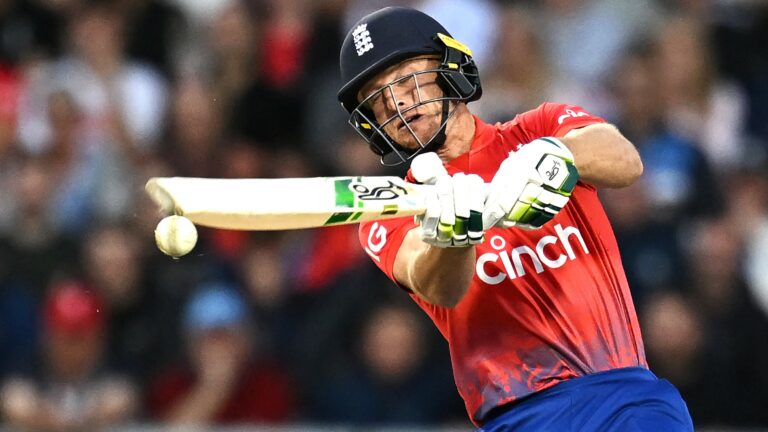How to Use Technology to Improve Cricket Game Analysis: 99exch, Reddy Anna Book, Allpanel
99exch, Reddy Anna Book, All Panel.com, Allpanel: Video analysis software has revolutionized the way coaches and athletes approach performance evaluation. By breaking down footage into granular details, this technology allows for a comprehensive examination of an athlete’s movements, technique, and decision-making on the field. Coaches can easily pinpoint strengths and weaknesses, identify areas for improvement, and craft tailored training programs based on data-driven insights gleaned from video analysis.
Furthermore, video analysis software enables a collaborative approach to coaching, as coaches can easily share clips, annotations, and feedback with their athletes. This fosters a more dynamic and interactive coaching environment, where athletes are actively engaged in their development and have a clearer understanding of how to enhance their performance. Ultimately, by leveraging the power of video analysis software, coaches and athletes can work together towards achieving peak performance on the field.
Implementing GPS Tracking Devices for Player Performance
GPS tracking devices have revolutionized the way sports teams analyze player performance and optimize training strategies. These devices offer real-time data on players’ speed, distance covered, acceleration, and even heart rate during training sessions and matches. By collecting this valuable information, coaches and sports scientists can tailor individualized training programs to enhance players’ physical conditioning and overall performance on the field.
One of the key advantages of using GPS tracking devices is the ability to monitor players’ workloads and prevent injuries by identifying patterns that may lead to fatigue or overtraining. By tracking players’ movements and exertion levels, coaches can make informed decisions on player rotation, recovery strategies, and the intensity of training sessions. This data-driven approach not only improves players’ physical well-being but also enables teams to maintain peak performance throughout the season.
Utilizing Wearable Technology for Biometric Data Collection
Wearable technology has revolutionized the way biometric data is collected in the world of sports. These advanced devices can track a variety of metrics such as heart rate, distance covered, and even sleep patterns, providing valuable insights into an athlete’s overall performance and well-being. By wearing these compact and non-intrusive devices during training sessions and games, coaches and trainers can analyze the data to make informed decisions about training regimens and performance improvement strategies.
Moreover, wearable technology allows for real-time monitoring of an athlete’s biometric data, providing instant feedback that can be used to optimize training sessions and prevent injuries. This data-driven approach to monitoring player performance enables coaches to tailor their strategies to suit individual athletes’ needs, ultimately leading to better overall performance on the field. As wearable technology continues to evolve, the possibilities for leveraging biometric data in sports are endless, offering athletes and teams a competitive edge like never before.







